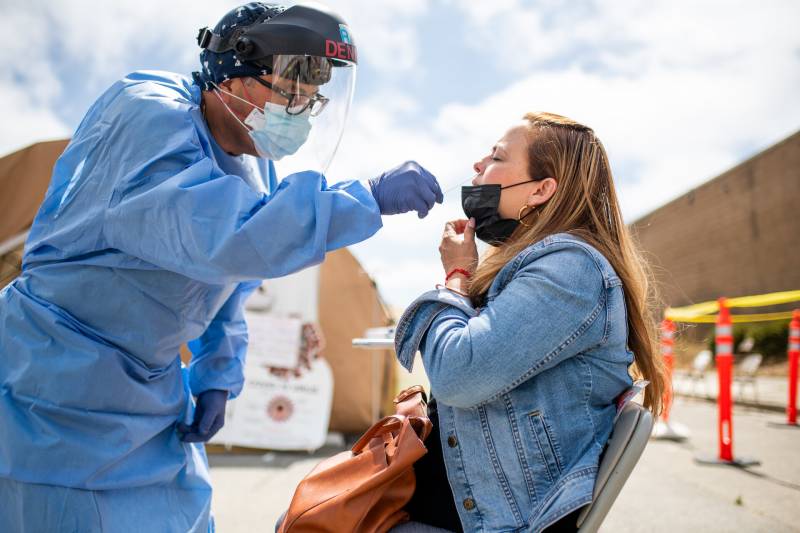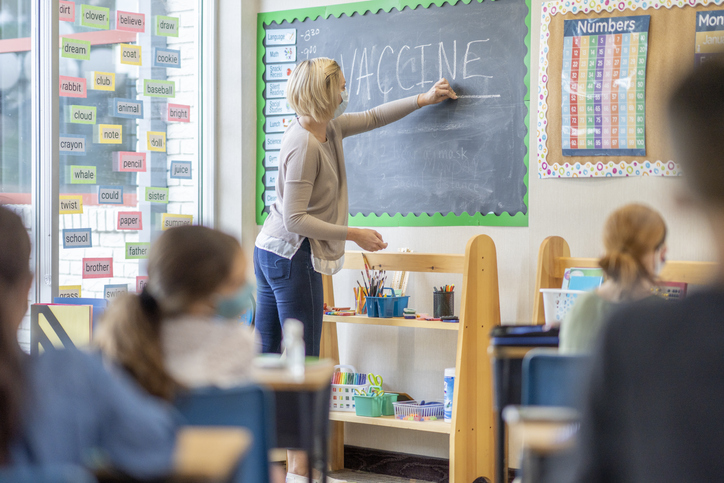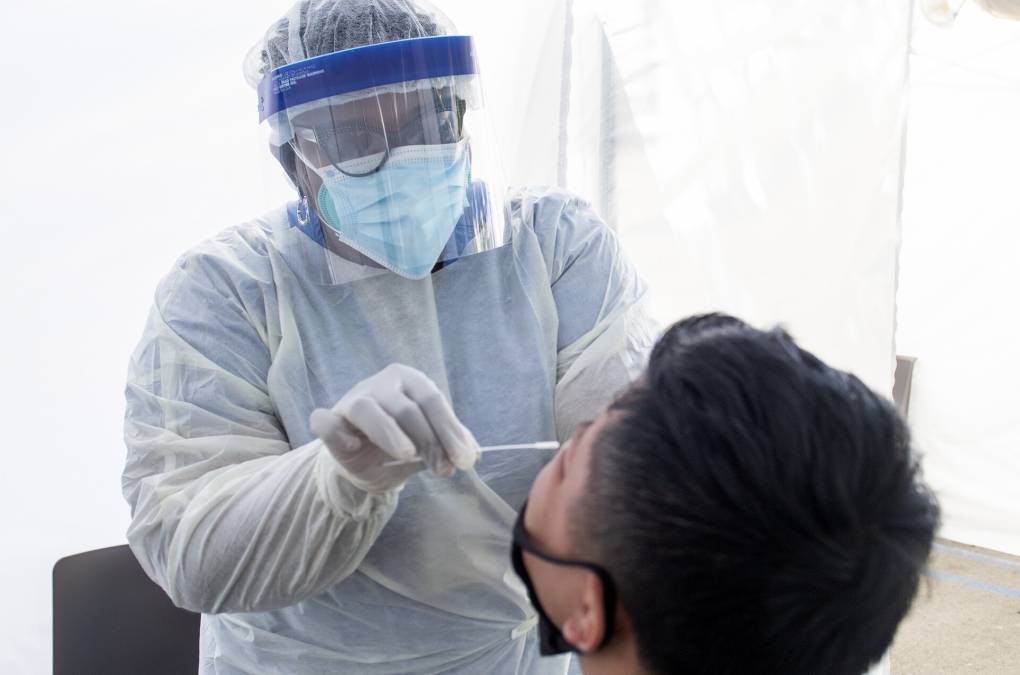Rivera: I do think there is a bit of a misconception as to what emergency use authorization [EUA] actually is. It is not a kind of less robust process for review. In the context of an emergency, which we very much are in, and which is why we have these opportunities to expedite the process for review, the same thresholds for safety and efficacy still stand.
Just recently, the CDC published some findings on 9 million vaccinations of 5- to 11-year-olds with no signals that would show severe concerns for safety or for efficacy. I think out of 9 million, there were 11 reports of myocarditis — an inflammation of the heart muscle — all of which were mild and resolved quickly.
So I think that in the context of a public health emergency, an EUA is absolutely still sufficient when it comes to providing these guidelines for what is good for our population. And I think that we will likely see a full FDA approval very soon.
So is the end of the pandemic anywhere in sight? Could it end this year?
Wachter: I’m reluctant to predict anything a year out because we’ve all been wrong. I don’t know anybody who predicted delta. I don’t know anybody who predicted omicron. And, you know, it can all be screwed up with a curveball — some new variant that does things that we didn’t think were possible. I mean, nobody that I know thought omicron, a variant this transmissible, was possible. And it appears that we may have gotten very lucky by having a variant that is incredibly transmissible, but also less severe.
What that may lead to in February or March is a population that is almost fully immune, either through vaccination or, for people that chose not to be vaccinated, through infection. And we’ll have to see how long your immunity from your infection or your vaccinations lasts. That may determine what happens at the end of 2022.
I think we’re in for a pretty terrible month. My crystal ball only goes out a couple of months. I think February or March is likely to be a pretty good time as the surge likely comes down and we’re left with a high level of population immunity and also more available testing, and the greater availability of particularly the new Pfizer drug Paxlovid, which is a pill that lowers the probability of a severe case — of hospitalization and death — by 90%. So that’s pretty great.
It means that for those people at high risk of a bad outcome, we’ll be in a position where if they do get COVID, there will be this pill that they can take that lowers their probability of something terrible happening. The problem is that it’s in very short supply, but the supply is going to grow gradually over the next few months.




